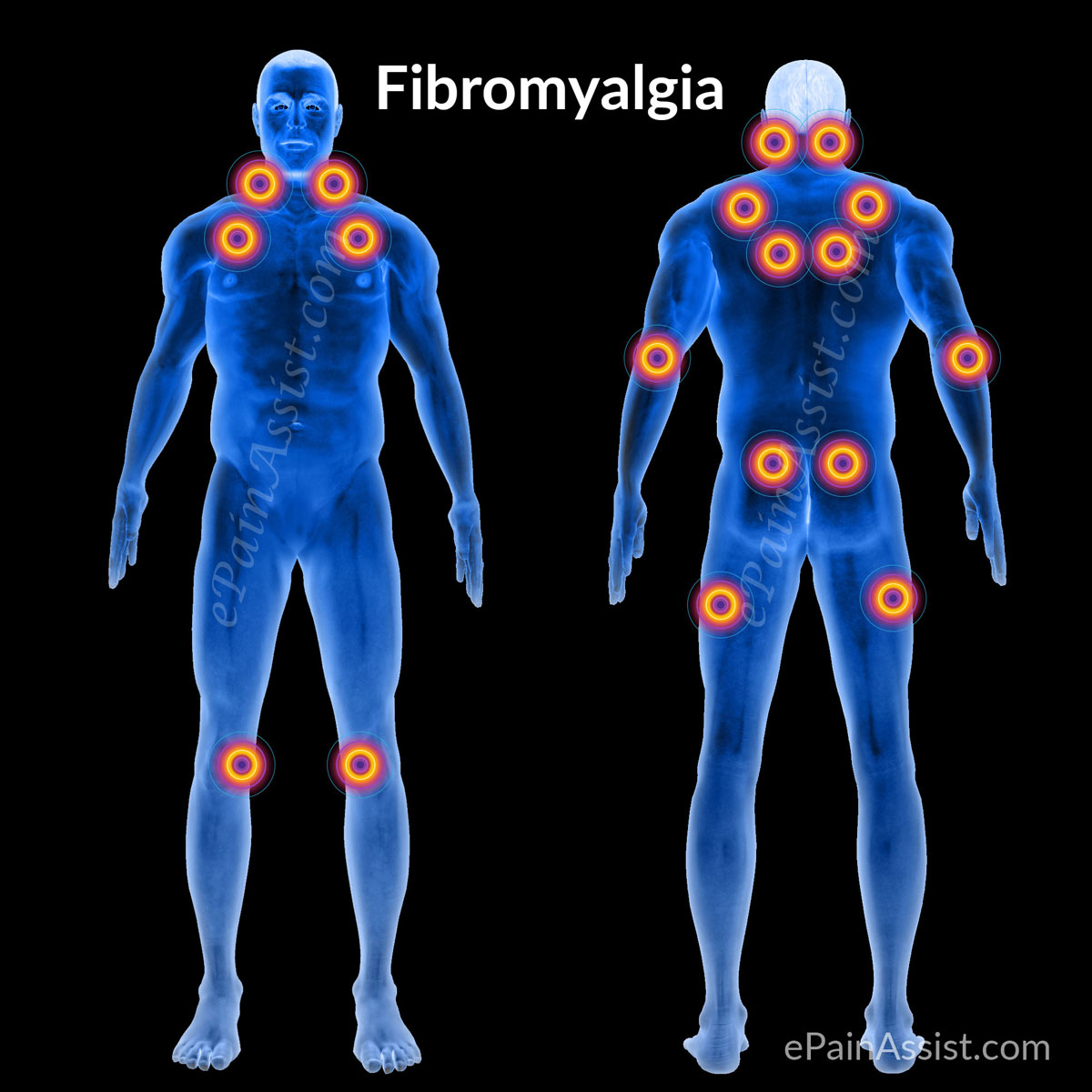+918048030940

This is your website preview.
Currently it only shows your basic business info. Start adding relevant business details such as description, images and products or services to gain your customers attention by using Boost 360 android app / iOS App / web portal.
Understanding Fibromyalgia: A Comprehensive Guide ...

Understanding Fibromyalgia: A Comprehensive Guide Introduction Fibromyalgia is a complex and often misunderstood condition that affects millions of people around the world. If you or someone you know is dealing with fibromyalgia, this article aims to provide a clear and straightforward understanding of the condition, its symptoms, causes, diagnosis, and management. What is Fibromyalgia? Fibromyalgia is a chronic disorder that primarily affects muscles, ligaments, and tendons, causing widespread pain and tenderness throughout the body. While it is often associated with pain, it is important to note that fibromyalgia can also lead to other symptoms, such as fatigue, sleep disturbances, and cognitive difficulties, often referred to as "fibro fog." Key Symptoms 1. Widespread Pain: People with fibromyalgia often experience pain in specific tender points on their bodies, such as the neck, shoulders, hips, and knees. This pain can be described as a deep ache, stabbing sensation, or a persistent dull ache. 2. Fatigue: Profound fatigue is a common symptom of fibromyalgia, even after a full night's sleep. Individuals may wake up feeling tired and unrefreshed. 3. Sleep Disturbances: Sleep problems are common, including difficulty falling asleep, staying asleep, and achieving restorative sleep. 4. Cognitive Issues (Fibro Fog): Difficulty concentrating, memory problems, and mental fogginess are often reported by those with fibromyalgia. 5. Sensitivity to Touch and Pressure: Individuals with fibromyalgia may have heightened sensitivity to touch, light pressure, and even temperature changes. Causes and Triggers The exact cause of fibromyalgia is not fully understood, but it is thought to involve a combination of genetic, environmental, and psychological factors. Some potential triggers or factors that may contribute to the development of fibromyalgia include: 1. Genetics: There appears to be a genetic predisposition to fibromyalgia, meaning it can run in families. 2. Physical or Emotional Trauma: In some cases, fibromyalgia symptoms may start after a physical injury, infection, or significant emotional stress. 3. Abnormal Pain Processing: People with fibromyalgia may have an altered way of perceiving pain signals, amplifying their sensitivity to pain. Diagnosis Diagnosing fibromyalgia can be challenging due to its overlapping symptoms with other conditions. A healthcare provider will typically use a combination of clinical assessment and ruling out other possible causes of the symptoms. There is no specific blood test or imaging study to definitively diagnose fibromyalgia. Management and Treatment While fibromyalgia is a chronic condition, there are various approaches to managing its symptoms and improving overall quality of life: 1. Medications: Certain medications, such as pain relievers, antidepressants, and anticonvulsants, may help manage pain, improve sleep, and reduce fatigue. 2. Lifestyle Changes: Regular exercise, stress management techniques (like meditation or yoga), and maintaining a balanced sleep schedule can contribute to symptom relief. 3. Therapies: Cognitive-behavioral therapy (CBT) and physical therapy can provide coping strategies, pain management techniques like ultrasound guided dry needling, and improved functionality. 4. Support: Joining support groups or connecting with others who have fibromyalgia can offer valuable emotional support and practical advice. Conclusion Fibromyalgia is a chronic condition characterized by widespread pain, fatigue, and other symptoms that can significantly impact daily life. While there is no cure, a combination of medical treatment, lifestyle changes, and support can help individuals manage their symptoms and lead fulfilling lives. If you suspect you have fibromyalgia, it's important to consult a healthcare professional for proper diagnosis and personalized treatment options. Remember, you are not alone, and there are resources available to help you navigate life with fibromyalgia.

